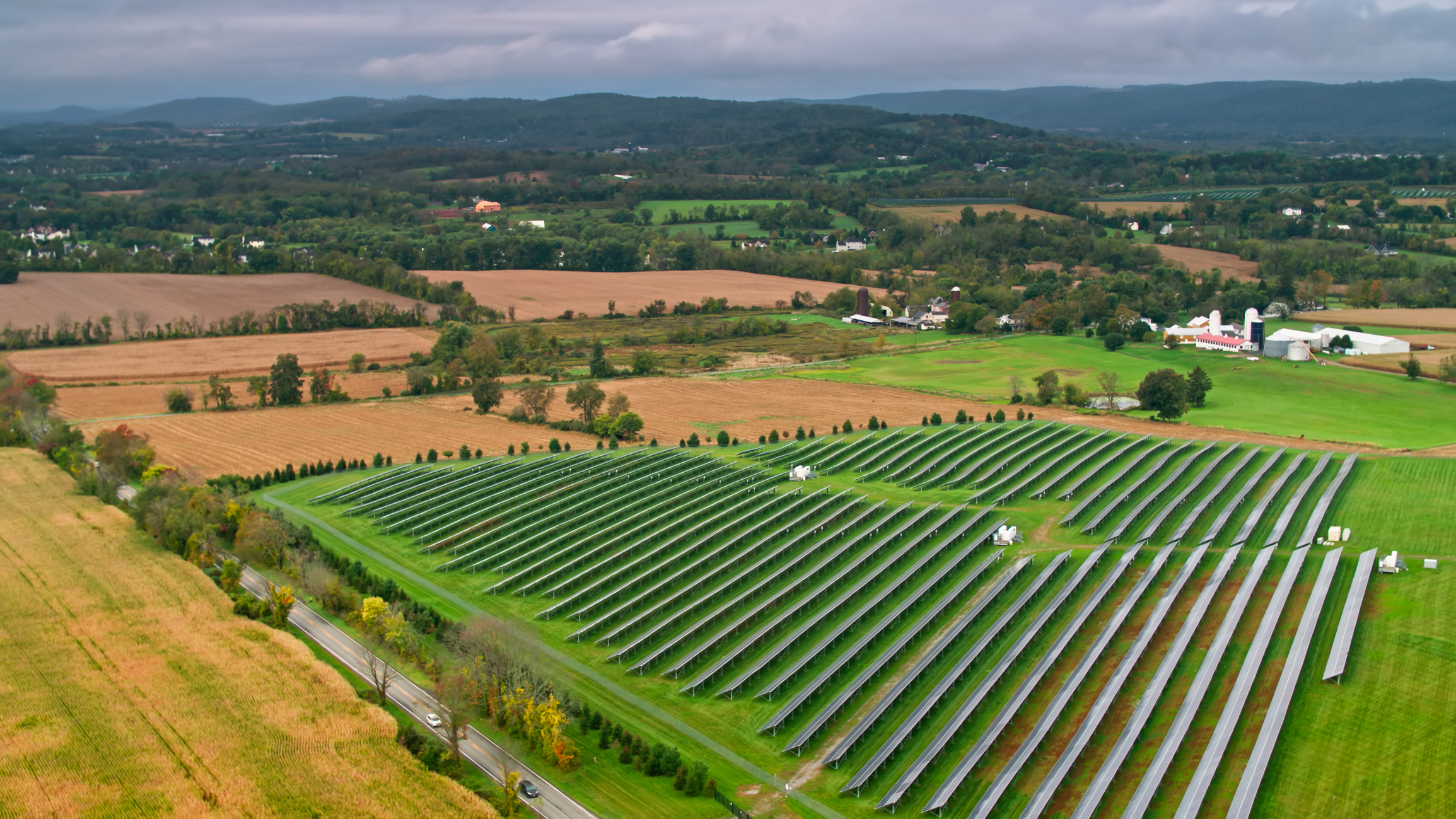Solar for All is for Low-Income and Disadvantaged Communities
The goal of Solar for All is “to enable low-income and disadvantaged communities to deploy or benefit from zero-emissions technologies.” This goal aligns very clearly with the broader goals of Hope Enterprise Corporation (HEC) and helps ensure people from all walks of life can access the benefits of solar power. Ideally, HEC’s program also demonstrates that investments in solar projects that serve these communities can generate positive financial outcomes, encouraging other lenders to enter this market

To help ensure that projects are reaching those communities most in need, the Environmental Protection Agency (EPA) created a new five-part definition for the places and households that qualify as “low-income and disadvantaged communities” that is outlined below:
-
- CEJST-Identified Disadvantaged Communities: All communities identified as disadvantaged through version 1.0 of the Climate and Economic Justice Screening Tool (CEJST), released on November 22, 2022, which includes census tracts that meet the thresholds for at least one of the tool’s categories of burden and land within the boundaries of Federally Recognized Tribes. An archived version of this tool is available here.
- EJScreen-Identified Disadvantaged Communities: All communities within version 2.3 of EJScreen that fall within either (a) the limited supplemental set of census block groups that are at or above the 90th percentile for any of EJScreen’s supplemental indexes when compared to the nation or state or (b) geographic areas within Tribal lands as included in EJScreen, which includes the following Tribal lands: Alaska Native Allotments, Alaska Native Villages, American Indian Reservations, American Indian Off-reservation Trust Lands, and Oklahoma Tribal Statistical Areas. An archived version of this tool is available here.
- Geographically Dispersed Low-Income Households: Low-income individuals and households living in Metropolitan Areas with incomes not more than 80% AMI or 200% FPL (whichever is higher), and low-income individuals and households living in Non-Metropolitan Areas with incomes not more than 80% AMI, 200% FPL, or 80% Statewide Non-Metropolitan Area AMI (whichever is highest). Federal Poverty Level (FPL) is defined using the latest publicly available figures from the U.S. Department of Health and Human Services. Area Median Income (AMI) is defined using the latest publicly available figures from the U.S. Department of Housing and Urban Development (HUD). Metropolitan Area and Non-Metropolitan Area are defined using the latest publicly available figures for county-level designations from the Office of Management and Budget. Statewide Non-Metropolitan Area AMI is defined using the latest publicly available figures from the U.S. Department of the Treasury’s CDFI Fund, with an adjustment for household size using HUD’s Family Size Adjustment factor.
- Properties Providing Affordable Housing: Properties providing affordable housing that fall within either of the following two categories: (a) multifamily housing with rents not exceeding 30% of 80% AMI for at least half of residential units and with an active affordability covenant from one of the following housing assistance programs: (1) Low-Income Housing Tax Credit; (2) a housing assistance program administered by HUD, including Public Housing, Section 8 Project-Based Rental Assistance, Section 202 Housing for the Elderly, Section 811 Housing for Disabled, Housing Trust Fund, Home Investment Partnership Program Affordable Rental and Homeowner Units, Permanent Supportive Housing, and other programs focused on ending homelessness that are funded under HUD’s Continuum of Care Program; (3) a housing assistance program administered by USDA under Title V of the Housing Act of 1949, including under Sections 514 and 515; (4) a housing assistance program administered by a tribally designated housing entity, as defined in Section 4(22) of the Native American Housing Assistance and Self-Determination Act of 1996 (25 USC § 4103(22)); or (5) a housing assistance program administered by the Department of Hawaiian Homelands as defined in Title VIII of the Native American Housing Assistance and Self-Determination Act of 1996 (24 CFR 1006.10) or (b) naturally-occurring (unsubsidized) affordable housing with rents not exceeding 30% of 80% AMI for at least half of residential units.
- Federally Recognized Tribal Entities: All Federally Recognized Tribal entities, which are considered disadvantaged regardless of whether a Federally Recognized Tribe has land, consistent with M-23-09 (memorandum dated as of January 27, 2023) and CEJST. A “Federally Recognized Tribal Entity” means (i) any individual member of a Federally Recognized Tribe; (ii) any for-profit business that has at least 51 percent of its equity ownership (or the equivalent in limited liability companies) by members of Federally Recognized Tribes; (iii) any non-profit entity with at least 51 percent of its Board of Directors (i.e., Governing Board) comprised of members of Federally Recognized Tribes; or (iv) any Federally Recognized Tribal government entity. Under this definition, any Federally Recognized Tribal Entity is included within the definition of Low-Income and Disadvantaged Communities, regardless of where that entity is located (i.e., the entity may be located in areas outside of the CEJST land area dataset, including but not limited to tribal service areas or counties).
